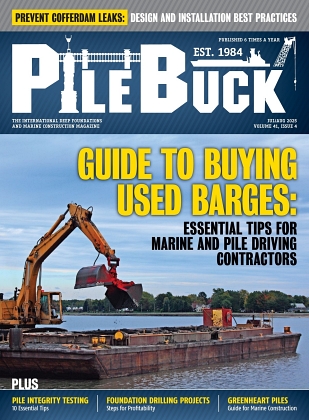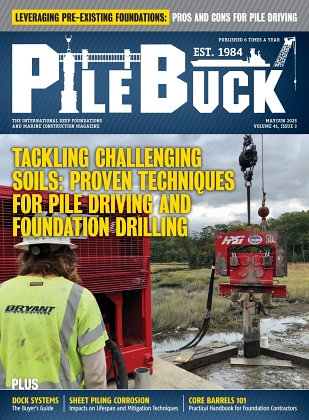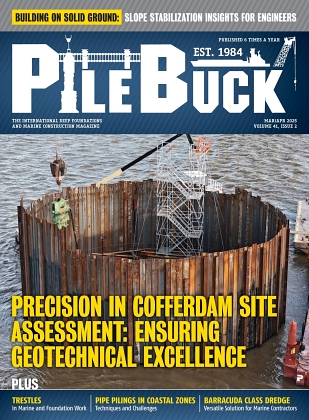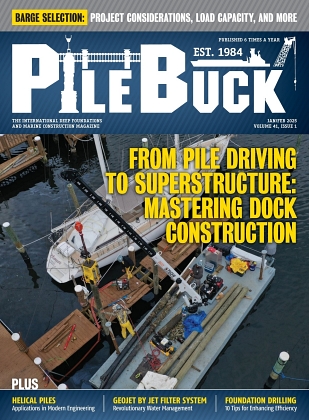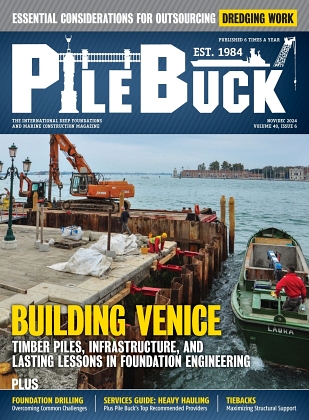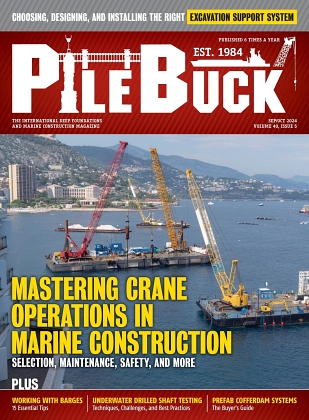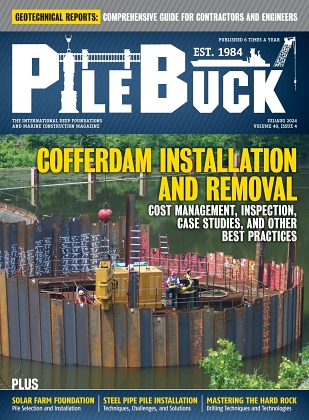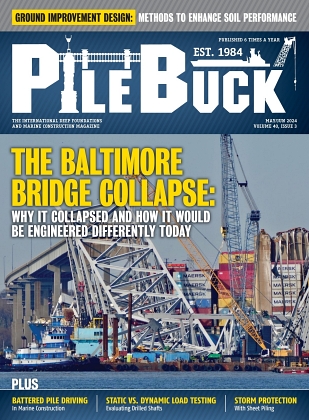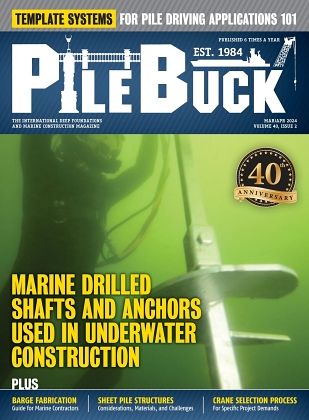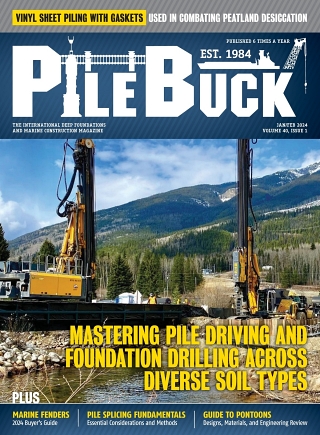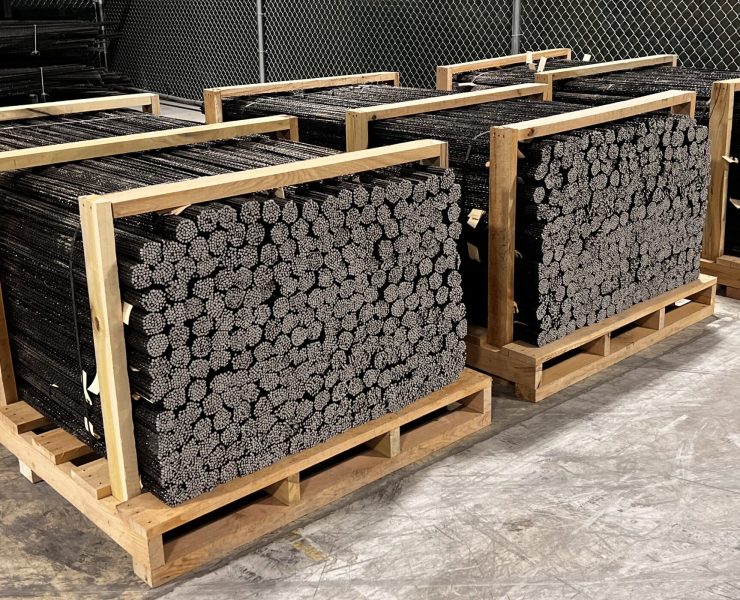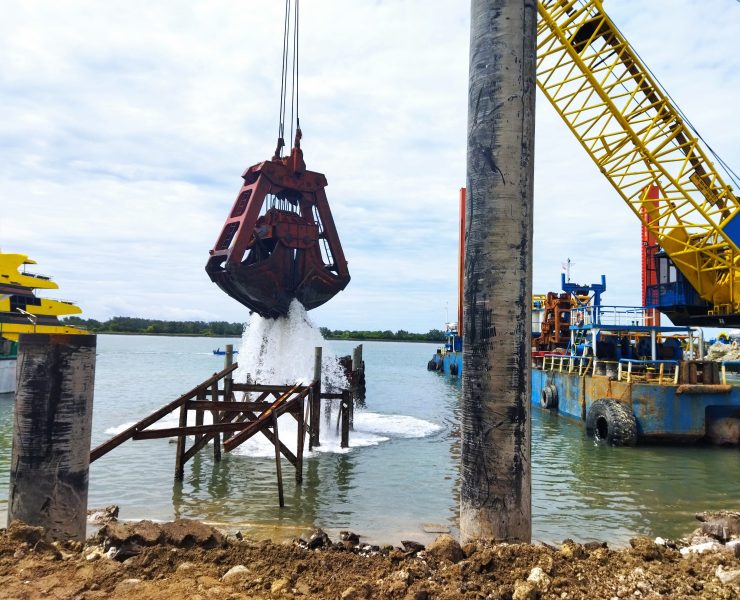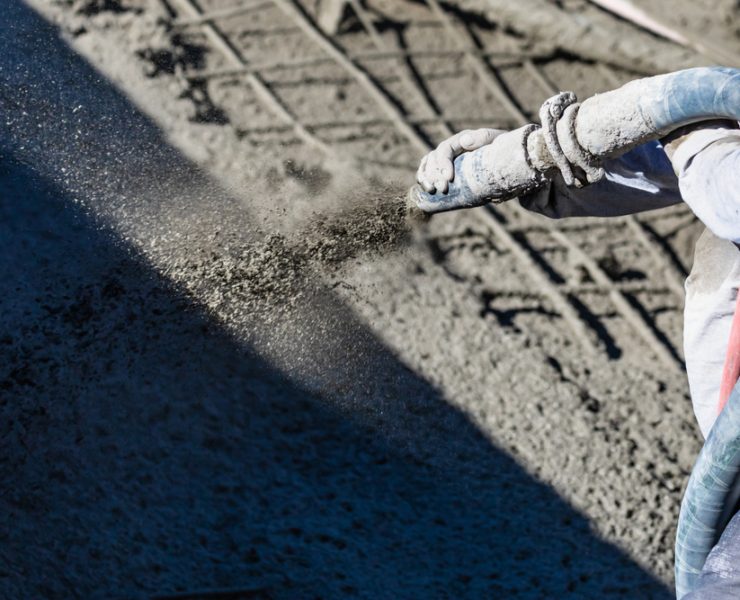Rapid-Deployment Flood Barriers for Coastal Pile Driving Projects
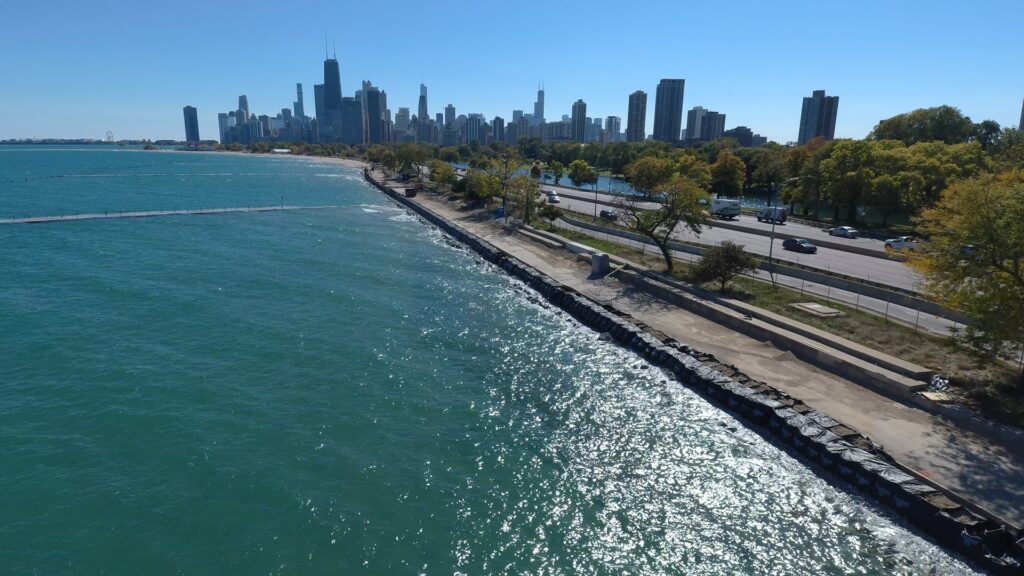

Coastal pile driving projects often face severe risks from water intrusion, rising tides, and sudden storm surges. Protecting a shore-worksite where piles are being driven demands robust flood defence methods. Using well-designed coastal pile driving flood barriers can make the difference between smooth progress and costly stoppages.
These flood barriers are engineered for speed and adaptability, enabling marine construction teams to regain control of sites quickly when flood risk rises. For pile driving near the waterline, they serve as a first line of defence against encroaching water and erosion.
Why Flood Protection is Critical in Coastal Pile Driving
When piles are driven in coastal zones, the worksite is operating on shifting ground with moving water. Tidal fluctuations, storm surges, and wave action can undermine foundation excavation, destabilise sheets and cofferdams, and flood access zones around the piling rig. In many cases, the flood risk is not just a hindrance but a major hazard to equipment, schedules and site safety.
Traditional methods such as sandbag walls or heavy steel sheet-piling cofferdams are often slow to install, labour intensive and may not adapt easily to changing site geometry. In contrast, rapid-deployment flood barriers provide the flexibility needed for dynamic coastal pile driving environments.

How Rapid-Deployment Flood Barriers Work
Modern rapid-deployment flood barriers consist of modular or reusable elements that can be positioned and anchored along the shoreline, around foundation pits or staging areas, and then filled (with sand, gravel or other fill) or otherwise activated to form a continuous barrier. For example, certain systems use interlinked cells or panels that share load and form a wall that resists water pressure, wave action and erosion.
These systems feature quick setup, compact storage and faster deployment than traditional sandbag walls. They also adapt to uneven terrain and shifting site conditions better than fixed bulkheads.
Benefits for Coastal Pile Driving Projects
For a marine construction team installing piles in a tidal zone, flood barriers tailored for coastal applications deliver several benefits. They help keep work areas dry or manageable, which protects equipment, enhances safety and helps maintain schedule. Because the barrier can be pre-positioned and deployed rapidly when water threatens, the team avoids extensive downtime.
Also, some rapid-deployment systems support stacked or extended configurations, allowing them to be scaled to the height of anticipated water or wave load. They may also help reduce erosion of soil or sand around the pile driving rig and access roads, helping maintain ground stability. By deploying a barrier system in advance or as a contingency, contractors build resilience into coastal pile-driving operations.
Replacing or Supplementing Traditional Cofferdams
In marine foundation construction, large cofferdams or deep sheet-piling walls have long served to hold back water while piles or piles caps are installed. But they can require heavy mobilisation, long lead-times and fixed geometry. Rapid-deployment flood barrier systems can complement or, in some cases, replace traditional cofferdams, especially for less permanent, temporary, or emergency flood-protection needs along a shoreline piling site.
By installing a modular barrier, the worksite can gain a dry or dewatering-ready zone more quickly and then transition out of protection mode once pile driving is complete. This flexibility is particularly valuable when working in dynamic coastlines or nearshore settings.
Addressing Erosion and Site Stability
Beyond simply holding back water, flood barrier systems for coastal use often contribute to erosion control and site-integrity. Wave action and water movement in coastal pile driving zones can undermine access roads, pile mats or embankments. Deploying a barrier helps intercept wave energy or redirect surface water, thereby preserving the ground behind it for safe operation.
This is aligned with broader industry guidance that emphasizes portable flood barriers as “fast, flexible and reusable” alternatives to traditional heavy infrastructure. For coastal pile driving projects, that means the flood barrier is not just a temporary defence, it’s a piece of the site stability strategy.
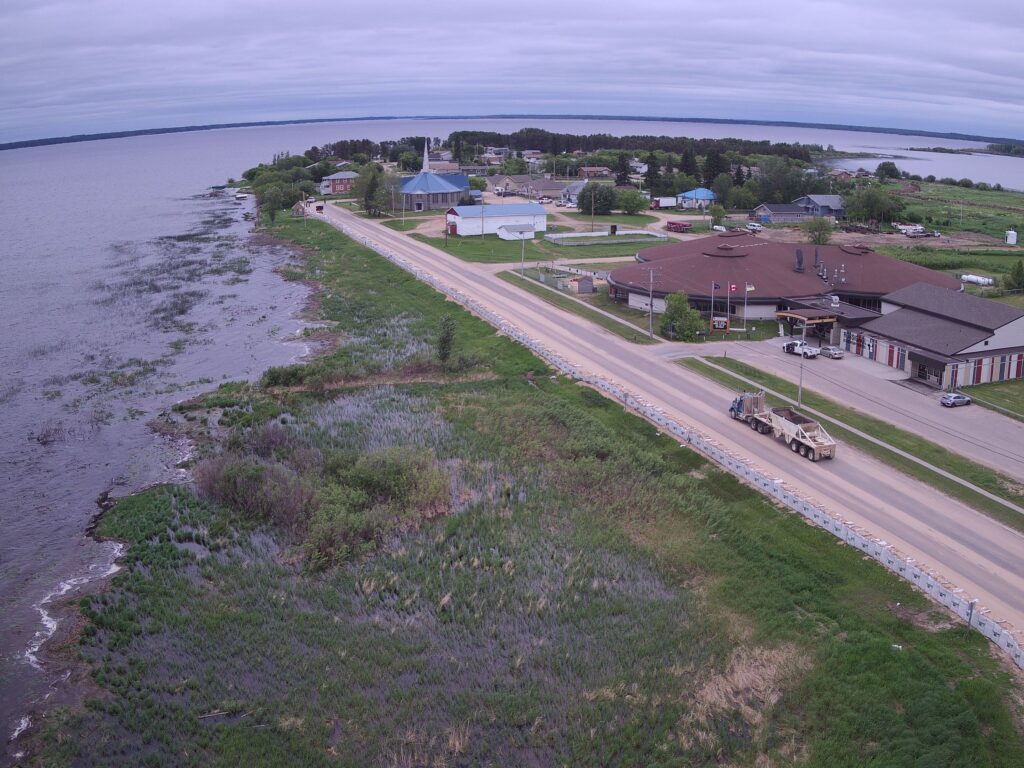
Planning for Flood Resilience in Coastal Pile Driving
To make the best use of coastal pile driving flood barriers, it is essential to integrate them into project planning early. Contractors should identify tidal schedules, forecast storm surge windows, and mark potential flood paths. By pre-positioning the barrier system or reinstalling it under alert, the pile driving operation stays ahead of nature’s timing.
Also critical is aligning barrier deployment with other site protection systems: dewatering pumps, site drainage, erosion-control matting and slope stabilisation. The flood barrier becomes one element of a layered defence. Studies on flood barrier design indicate that early preparation and integration improve resilience significantly.
Coastal Construction in a High-Risk Era
As coastal construction expands and extreme weather events increase in frequency and intensity, the demand for flood protection systems that can keep up with changing conditions will grow. For contractors driving piles in marine and coastal settings, adopting rapid-deployment flood barrier systems tailored for these environments means safer sites, fewer interruptions and stronger project delivery.
By selecting a system designed for coastal use, one that can be configured, deployed and reused efficiently, construction operators build resilience into their pile driving operations. With the right barrier strategy in place, they turn a major flood risk into a manageable component of project planning.
They protect work sites from tides, storm surges, and water intrusion to keep construction areas safe and dry.
They reduce erosion, redirect water, and maintain ground integrity around pile driving zones. What are rapid-deployment flood barriers used for in coastal pile driving projects?
How do rapid-deployment flood barriers improve site stability?


